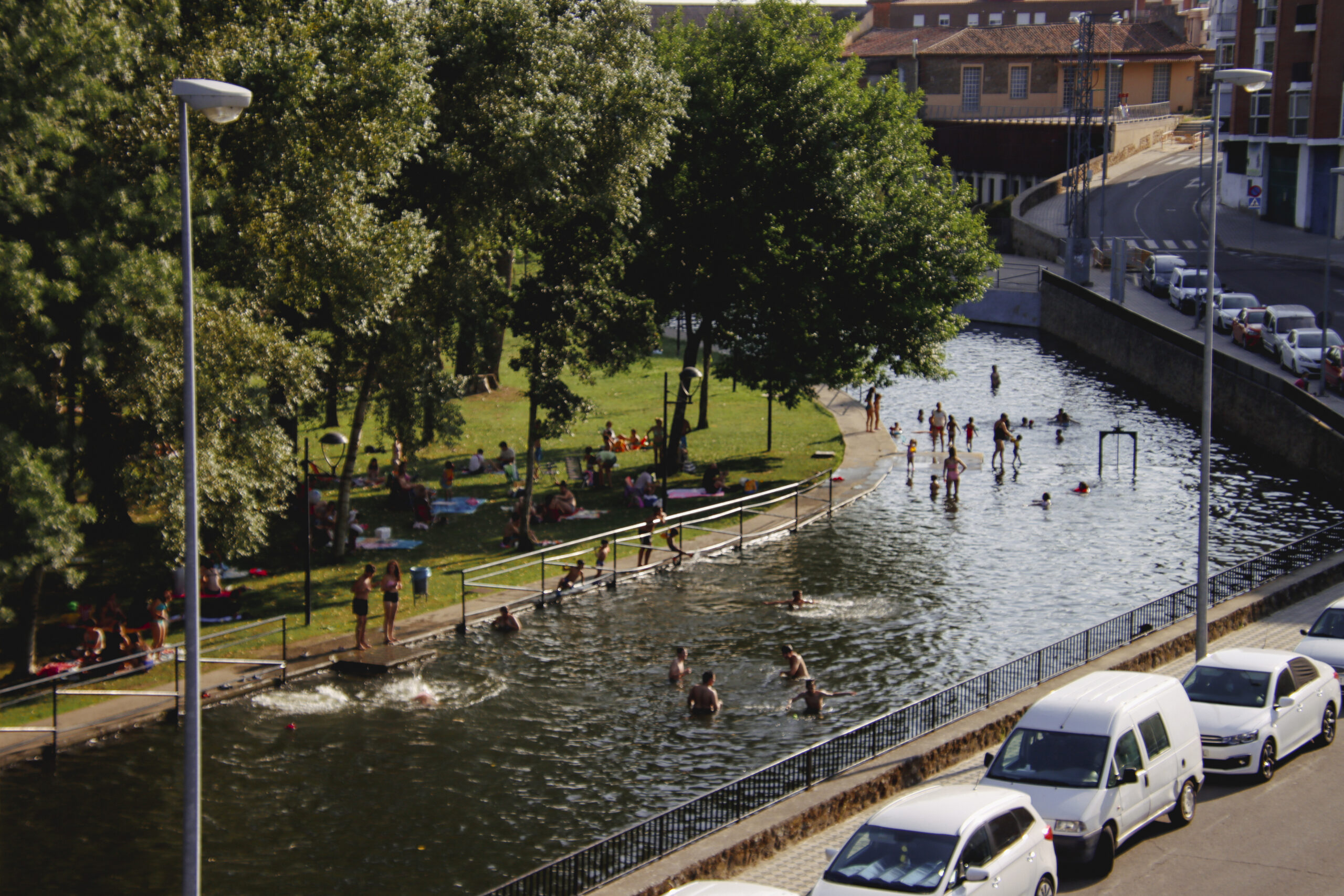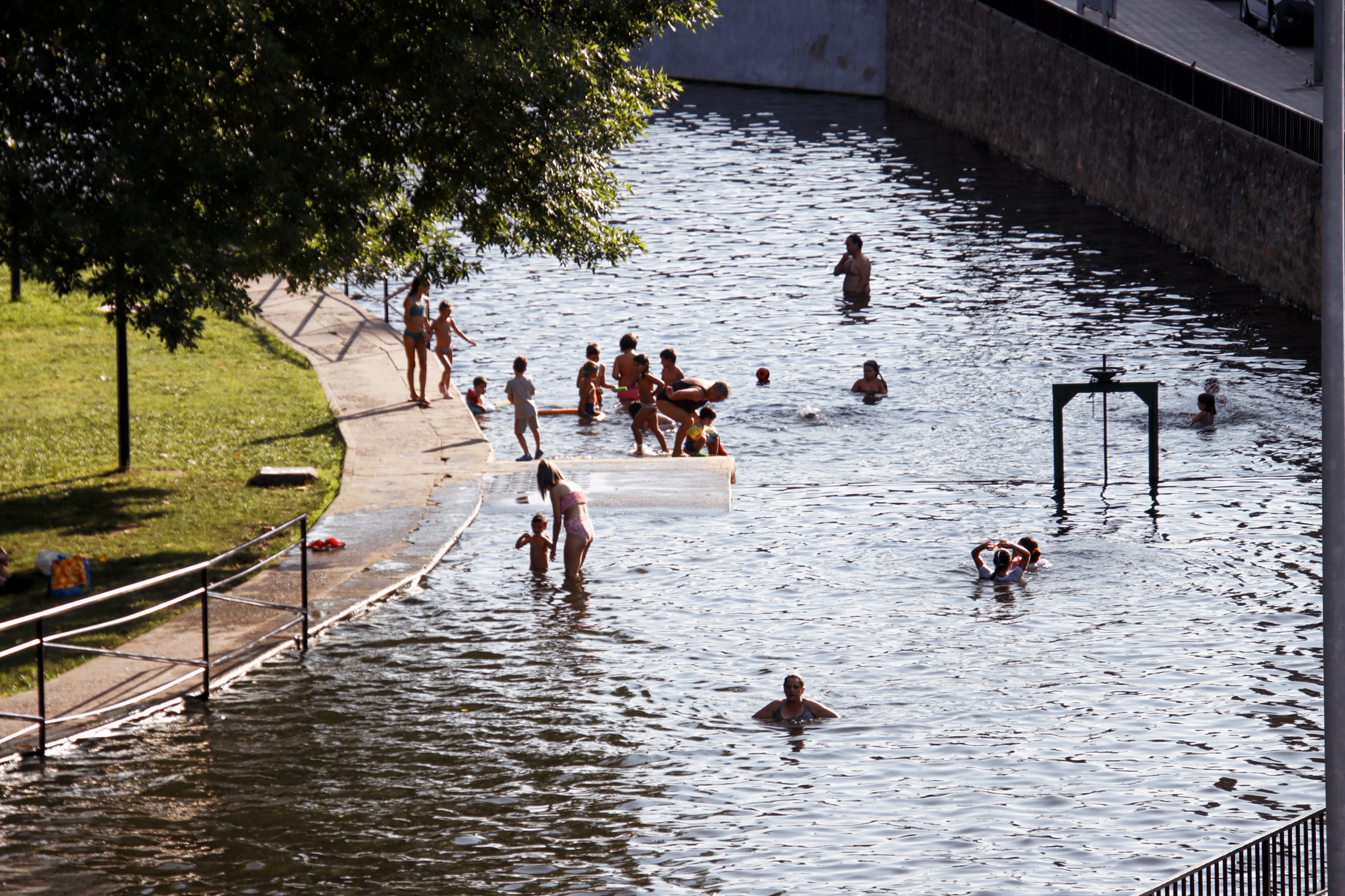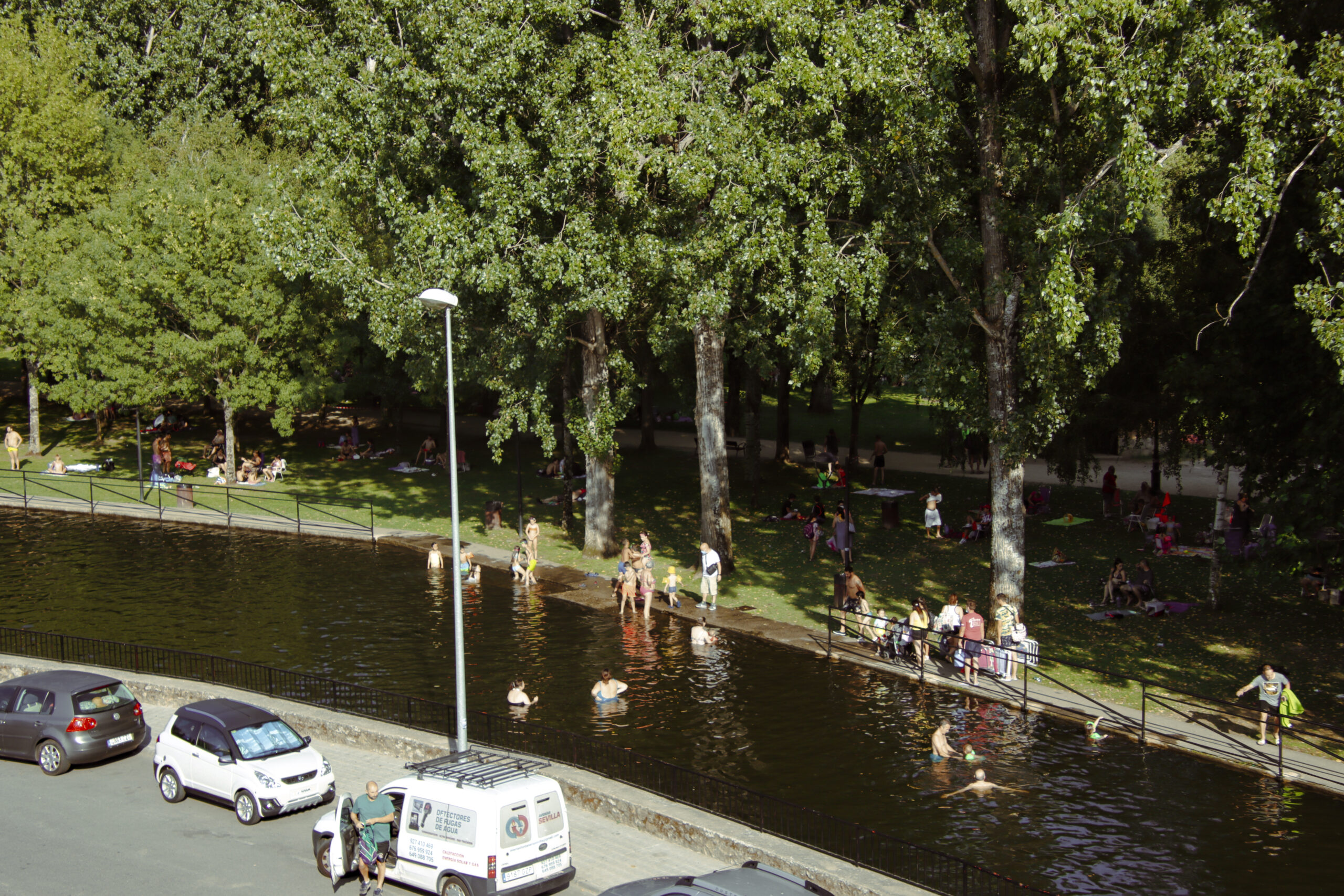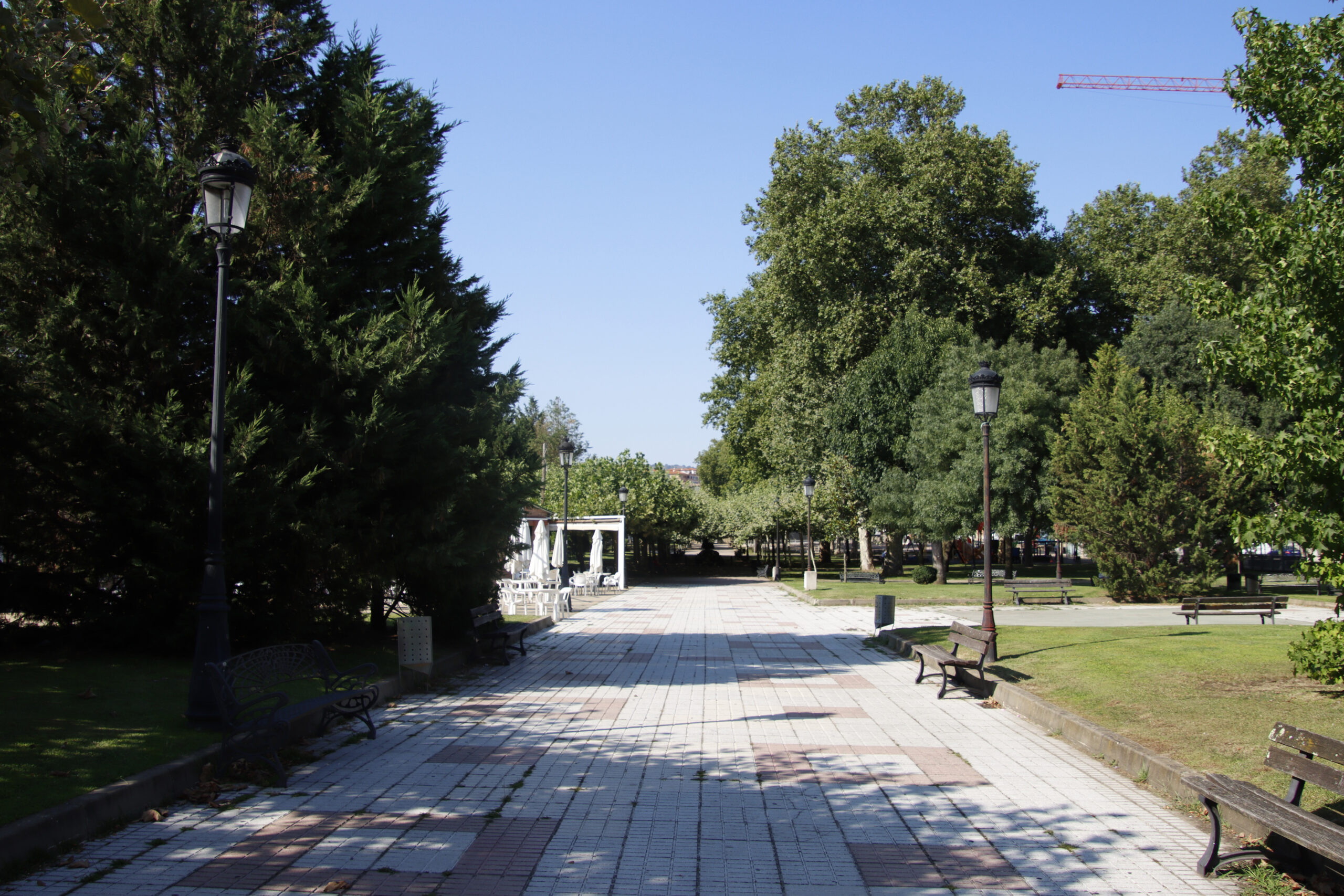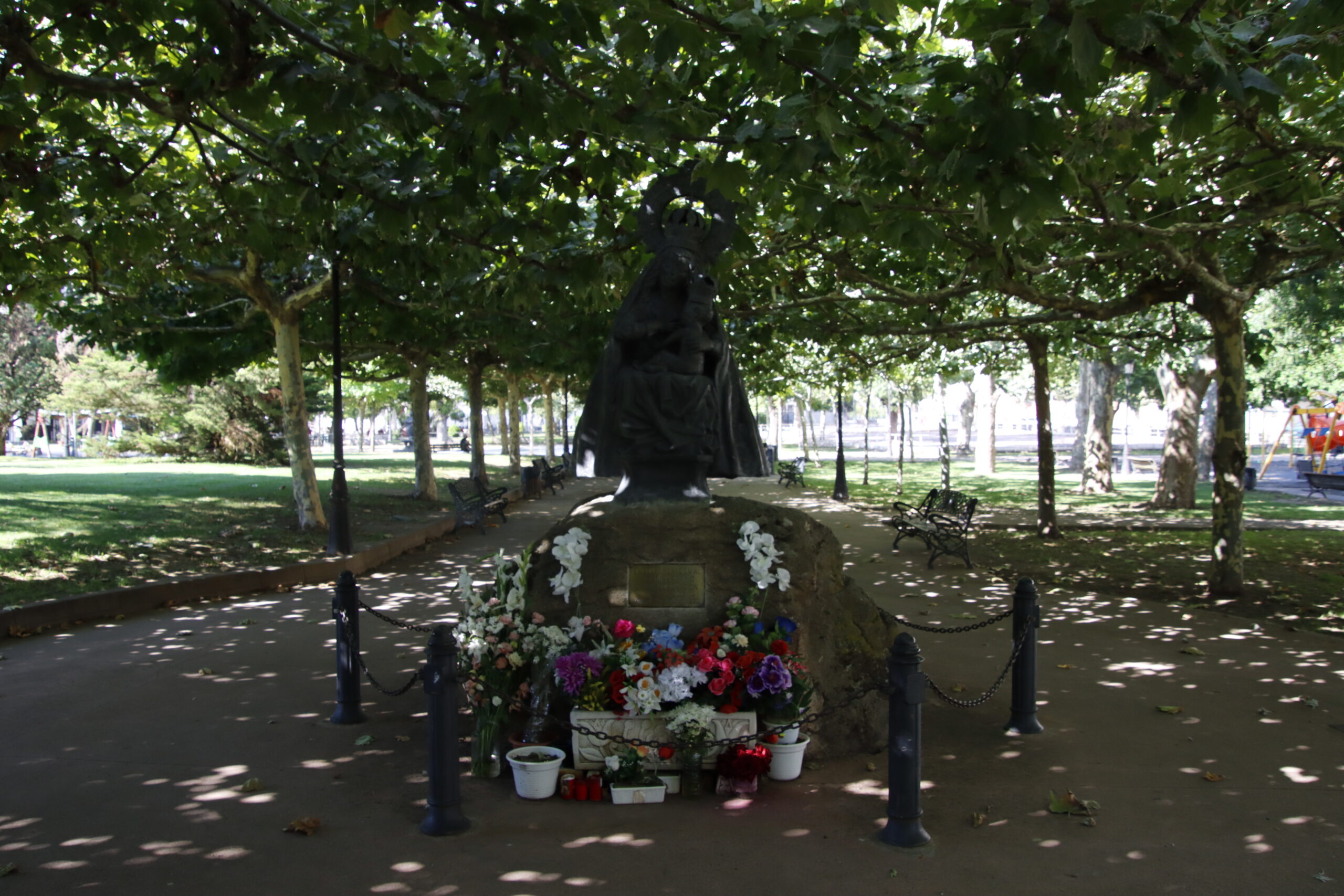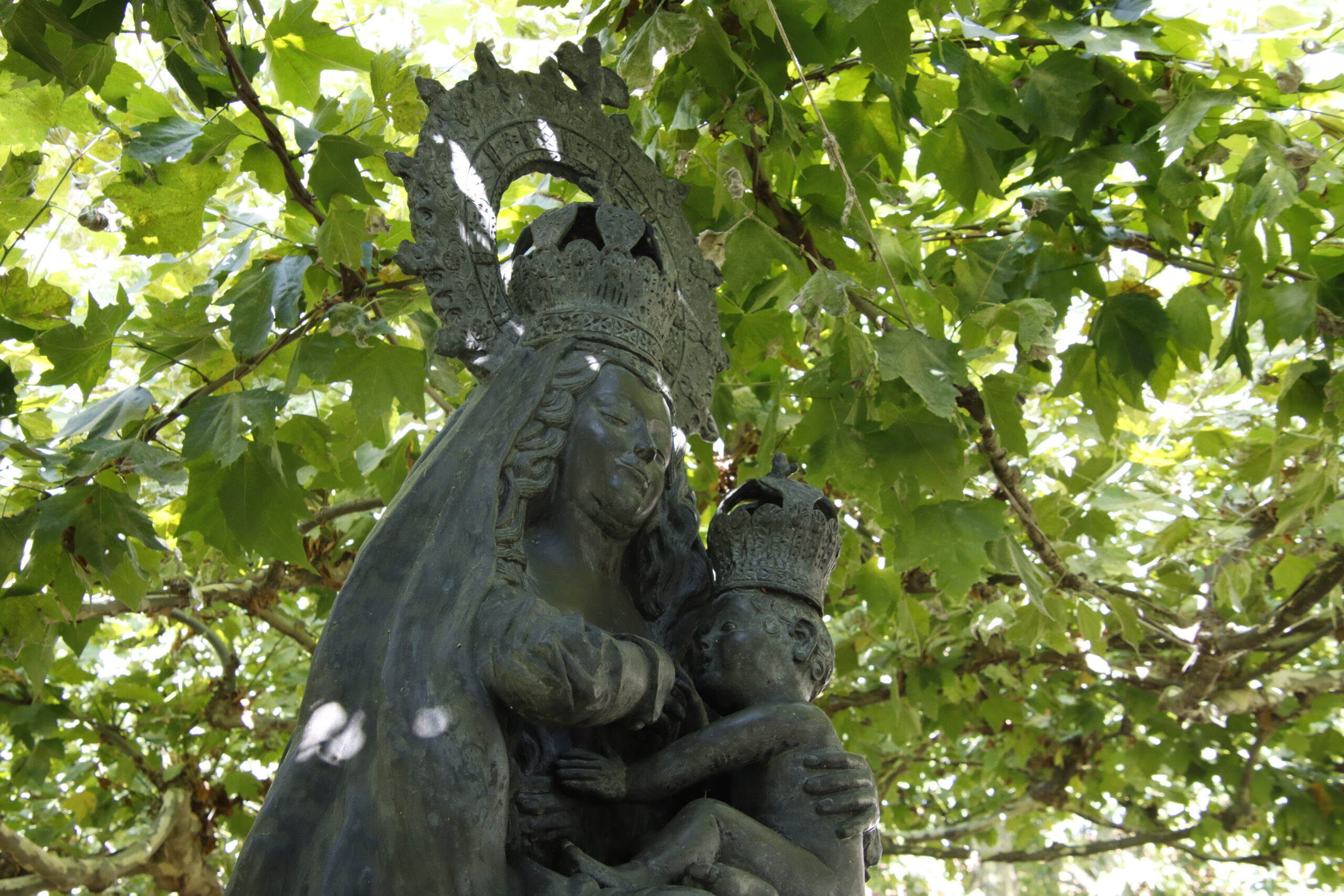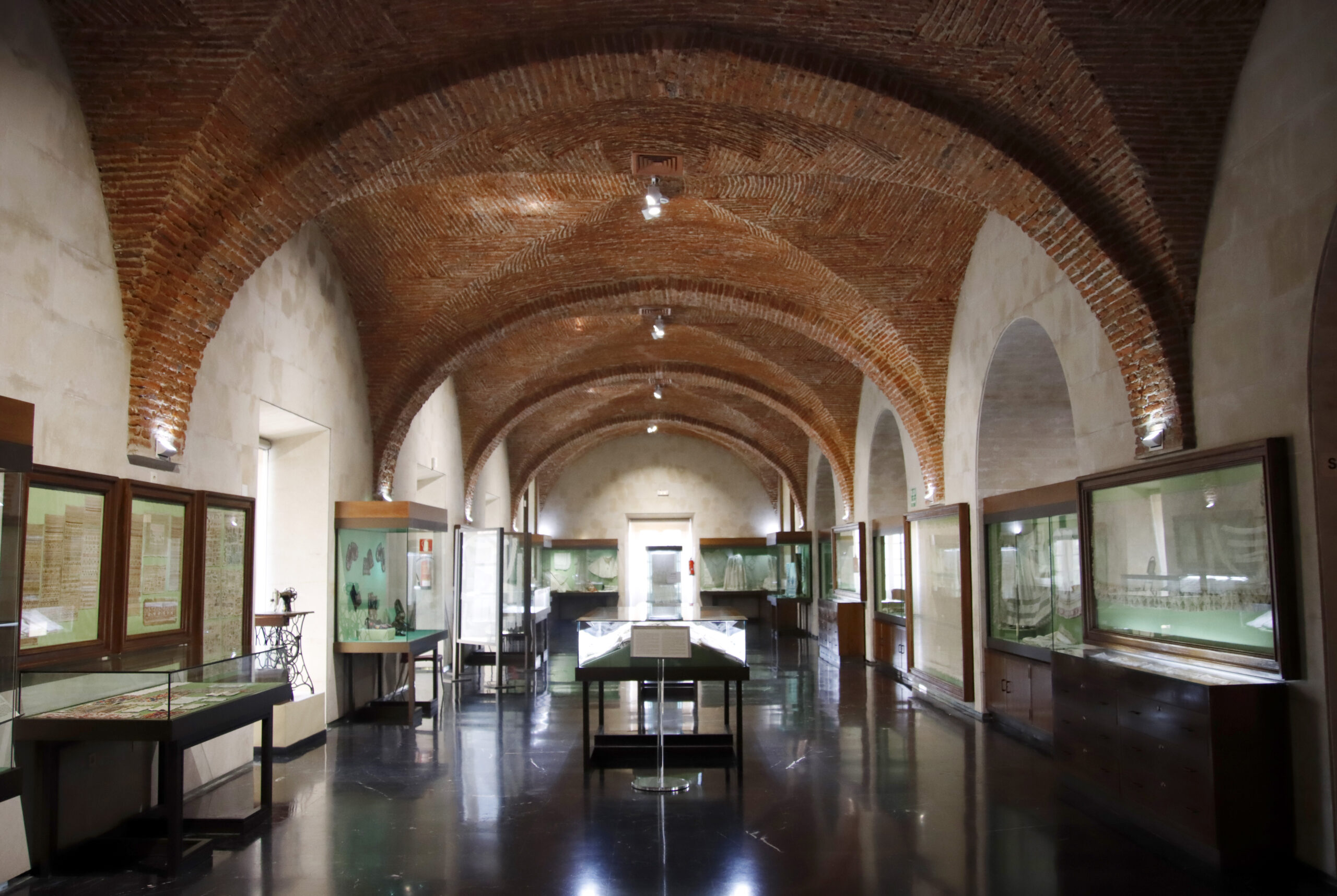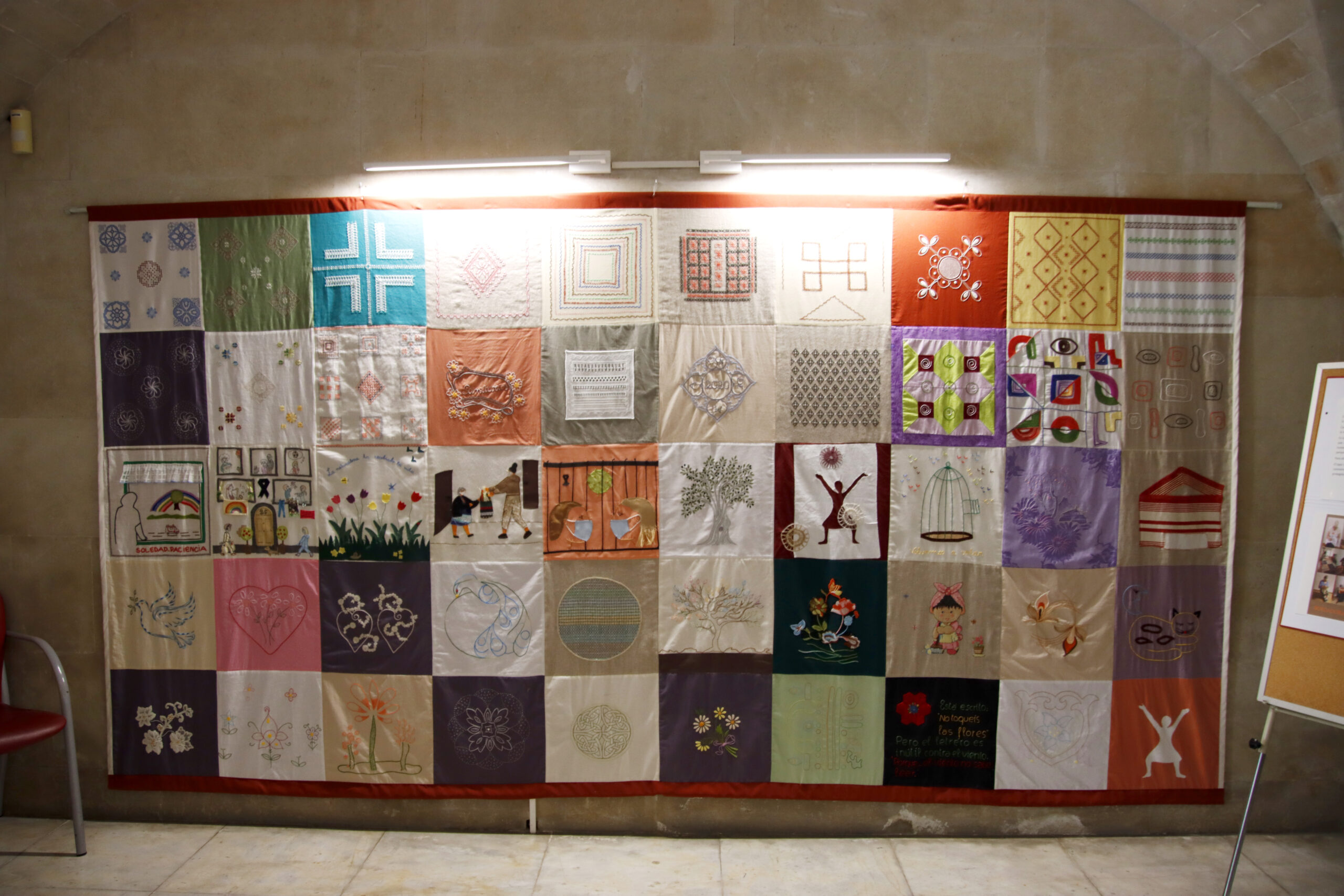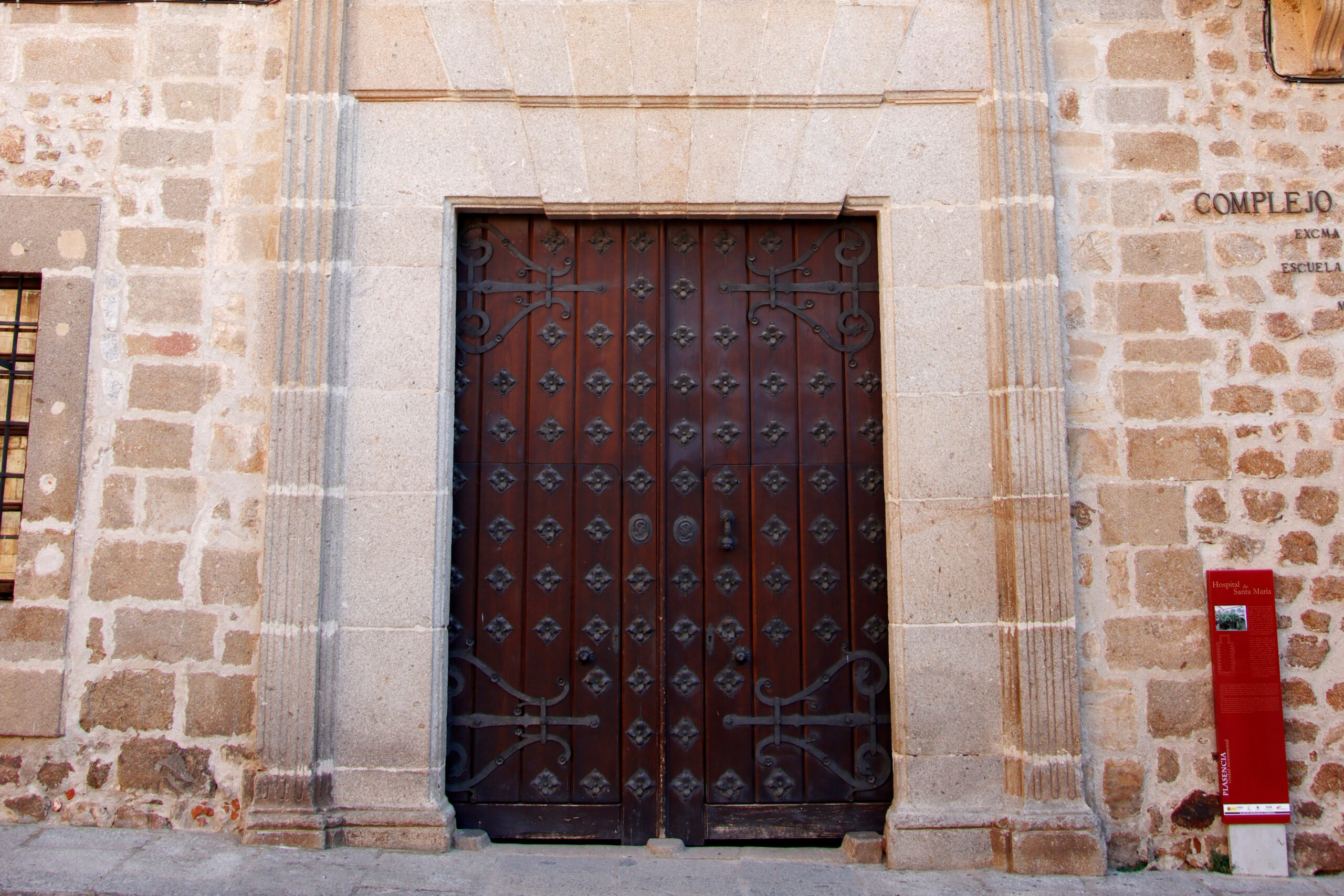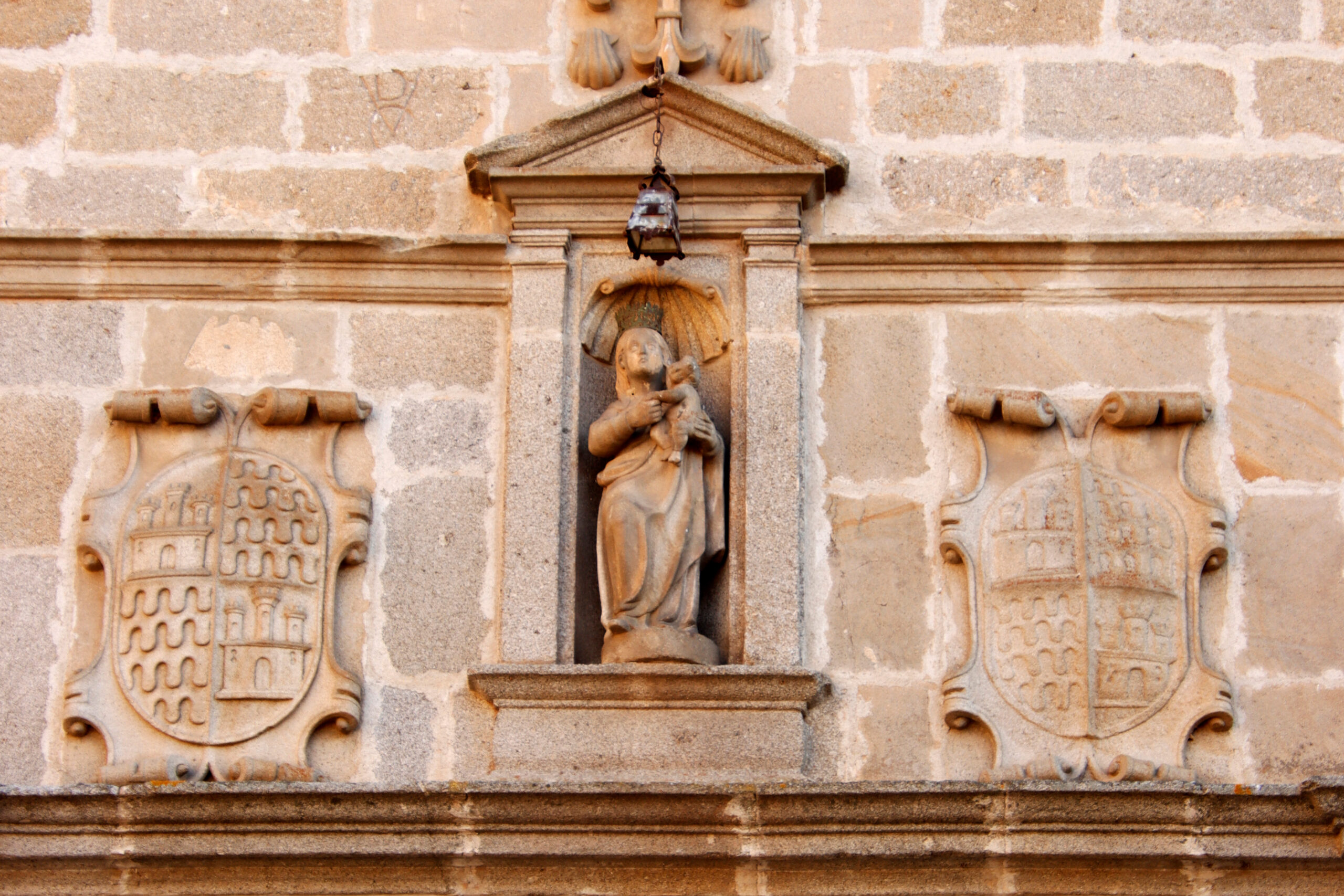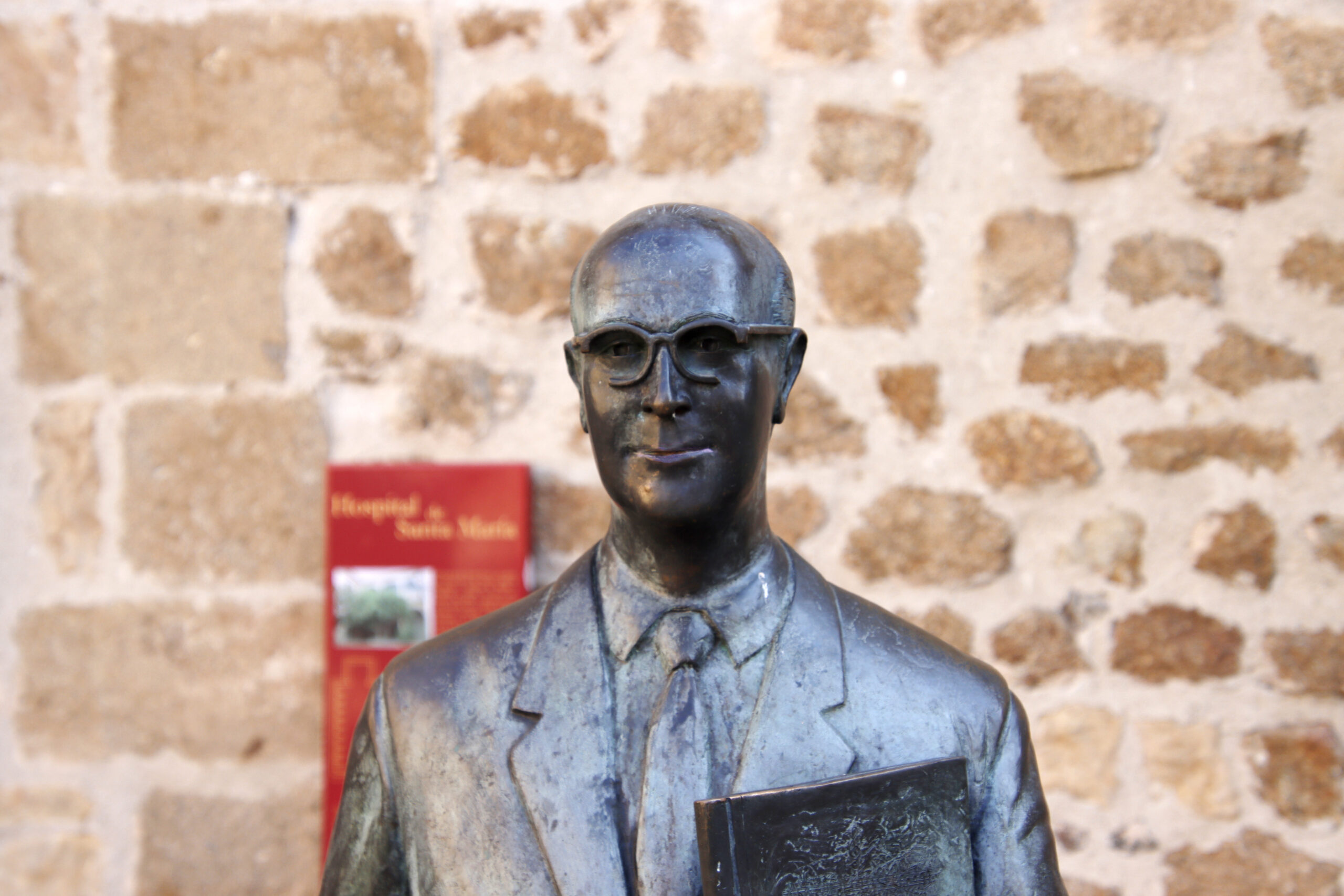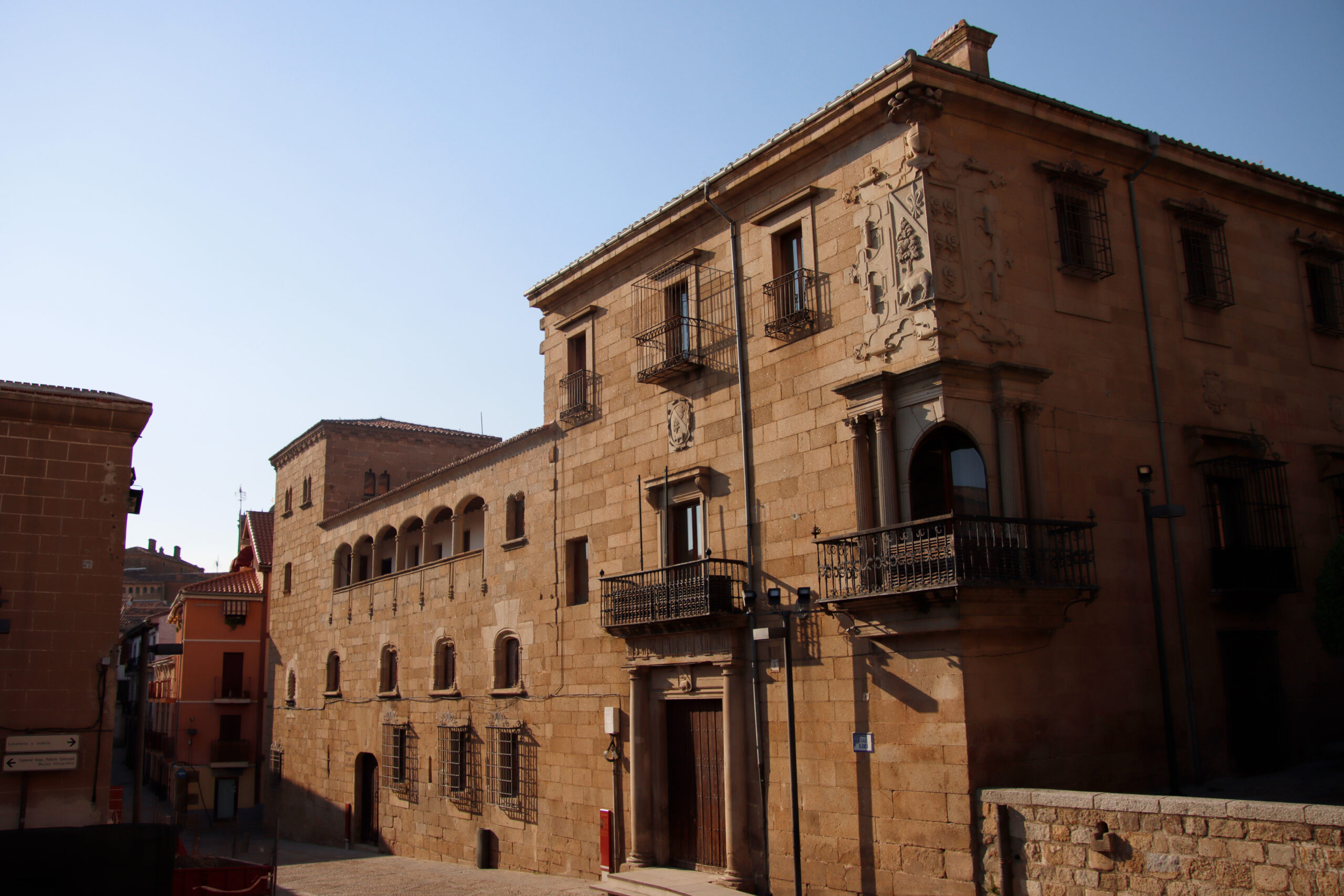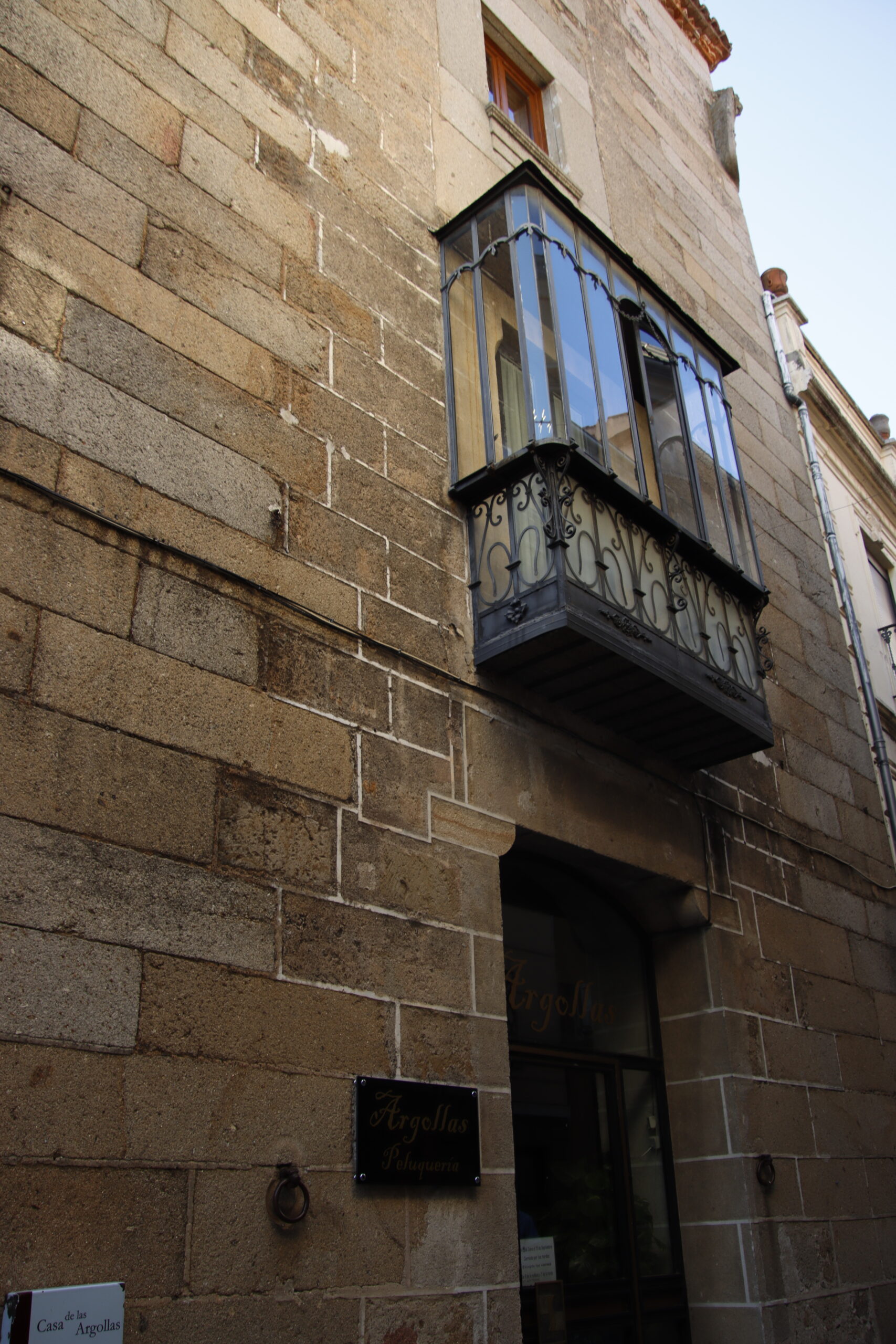Parque de la Isla
Isla Park
- Paseo Caño Soso Street, 13
- Open 24 hours a day
- Free
This is one of the main green lungs of the city. Although it is used all year round, it is especially popular with the locals in summer. This park covers an area of 10 hectares and offers everything from sport, leisure, relaxation, relaxation and, above all, coolness and history. This is the first public park in Spain, declared as such by King Philip V of Anjou as a green space because it was his favourite hunting spot in the city.
Its natural pool of almost 4 kilometres in length between the new bridge and the bridge to the island stands out. The whole of the “Rio Chico” is cemented and has ramps for bathing access. The water is from the river Jerte, which comes from the Sierra de Gredos mountain range through the Jerte valley.
It also has two catering establishments, an area for dogs to be free (at the end of the small river at the fountain of the arches), as well as fishing areas, an area for canoeing, calisthenics, gymnastics for the elderly and also a field for playing beach football, among other sports. But above all, the Isla de Plasencia park is a place where the elderly stroll, people play sports, chat, talk and enjoy the fresh air on the banks of the Jerte. The park has continuity to the south with the park of Los Cachones and to the north with the Paseo de Río Jerte which reaches the dam about 5 kilometres from the end of the island.
Anything to improve?

